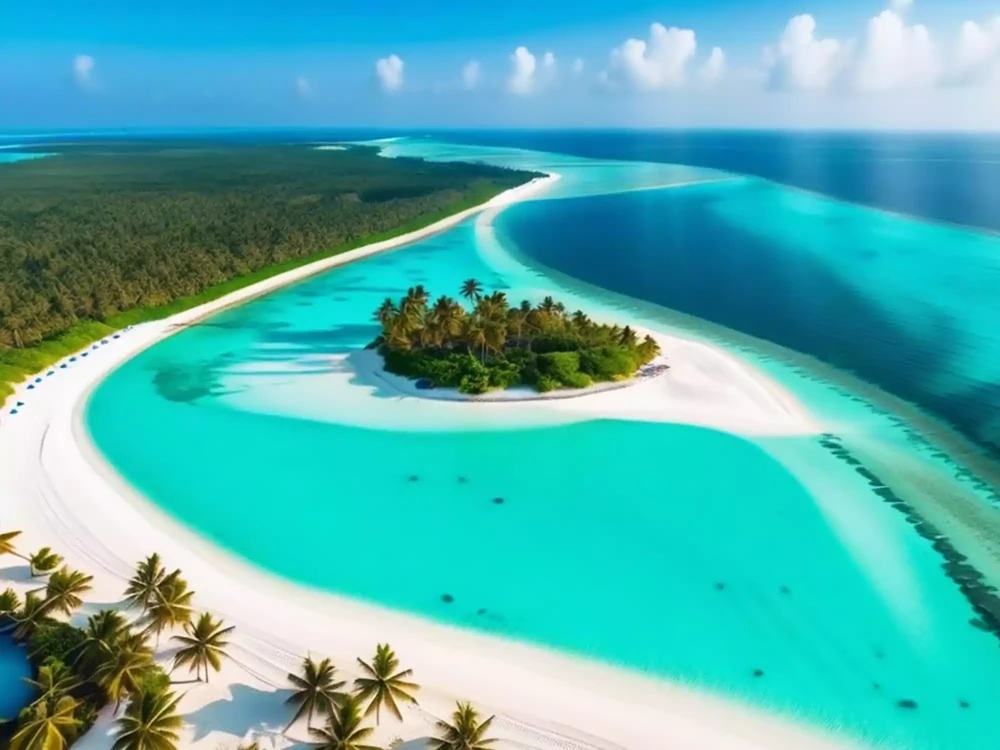

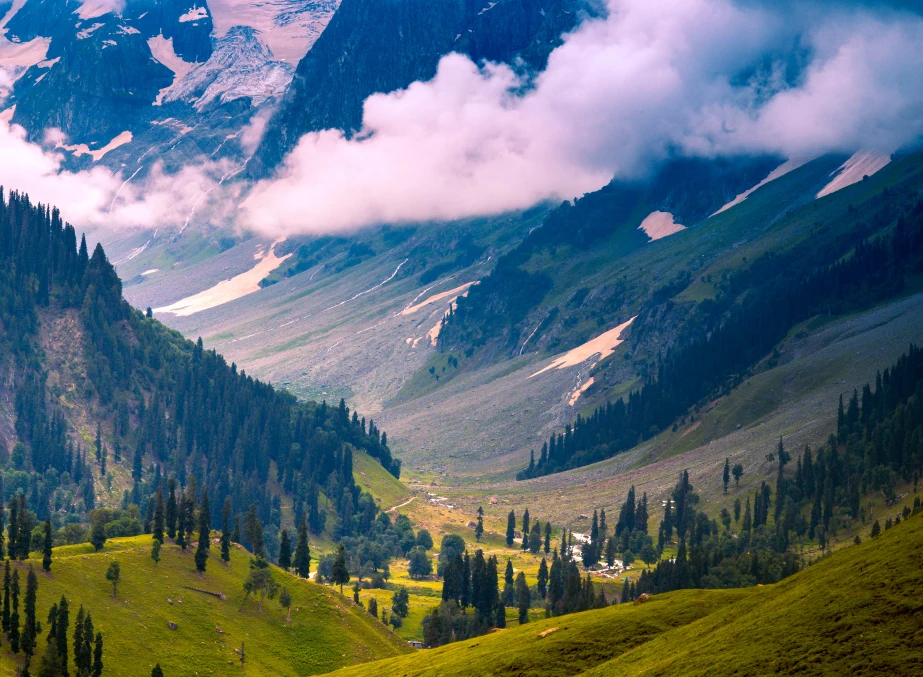
Are you looking forward to an adventurous experience in Kashmir but are not really sure about the kind of activities you can perform here? Don’t ...
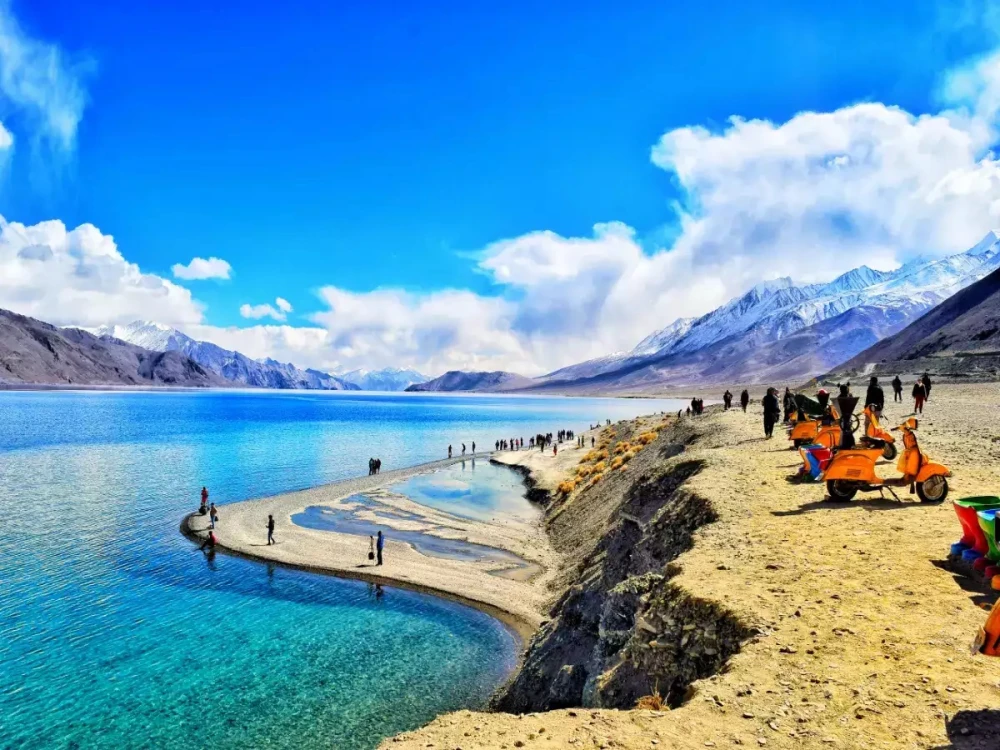
Are you an adventure junkie who has a trip planned to Leh Ladakh? Well, then you are going to have the best time of your life. The magnificence of ...

Looking for the perfect escape? March and April are the best months to visit the Andaman Islands—calm seas, clear skies, and ideal weather for sn ...
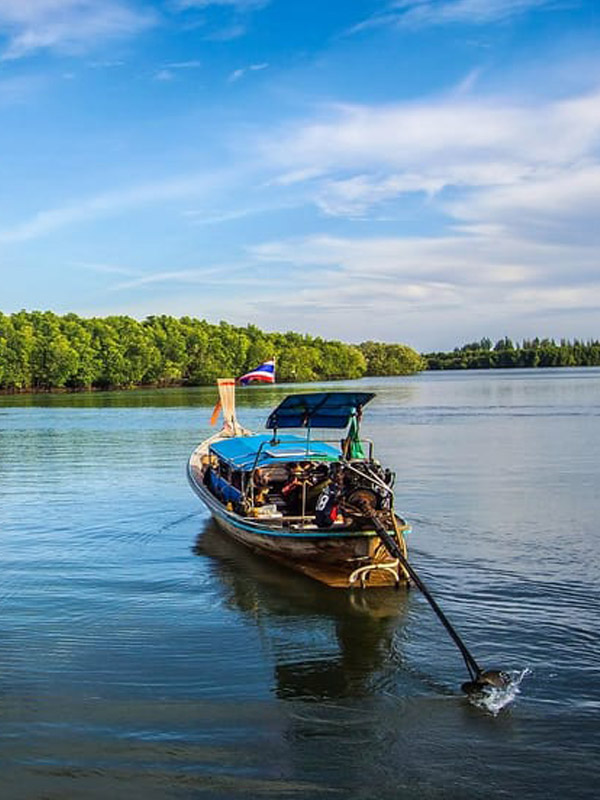
Kerala, a graphic state in southern India, is known for its lush green geographies, tranquil backwoods, fantastic wildlife, pristine strands, and v ...
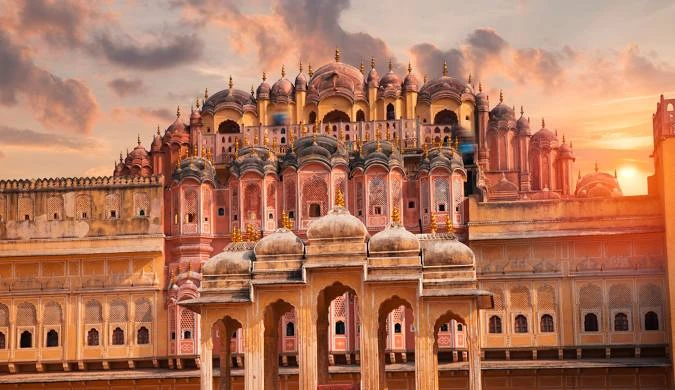
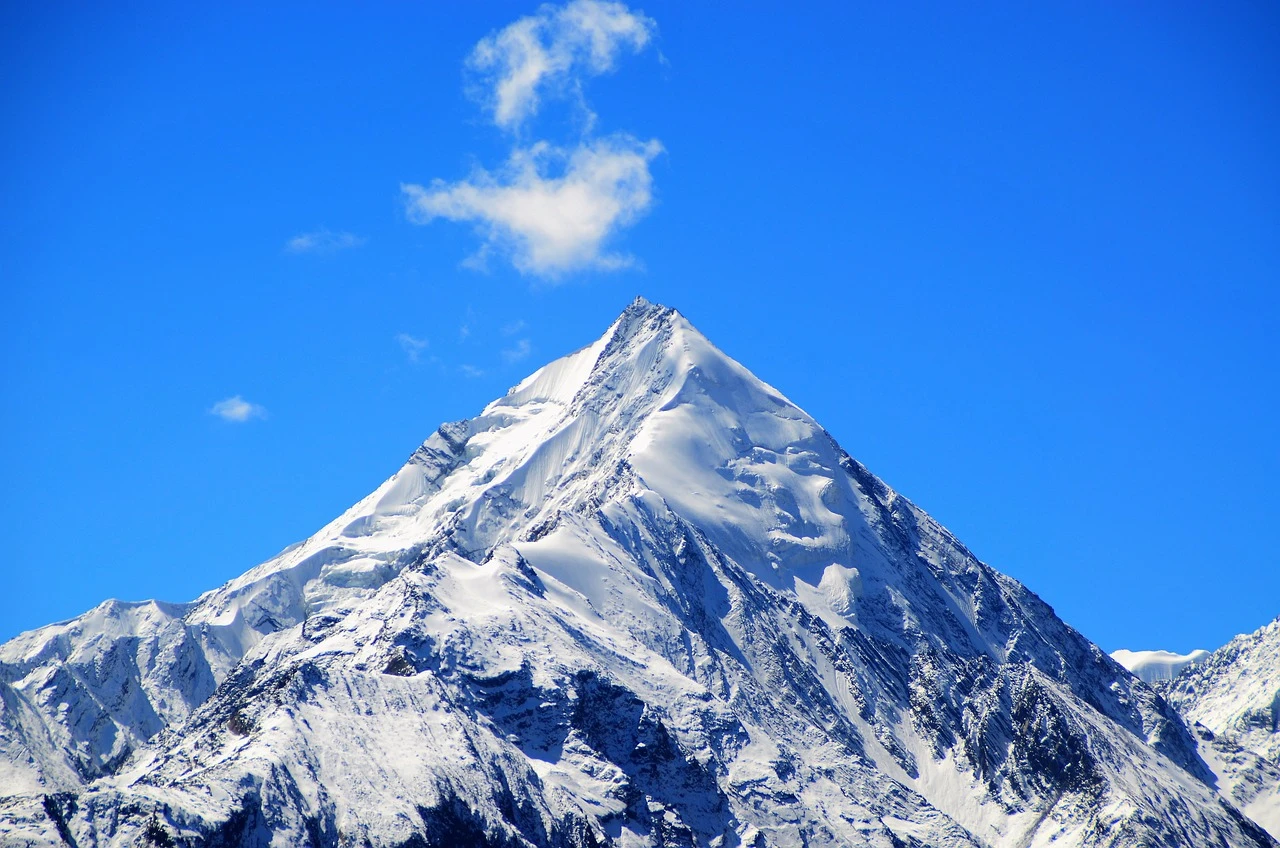
Himachal Pradesh is a gorgeous north-Indian state with several famous tourist destinations, especially for youngsters and newlyweds. Blessed with f ...
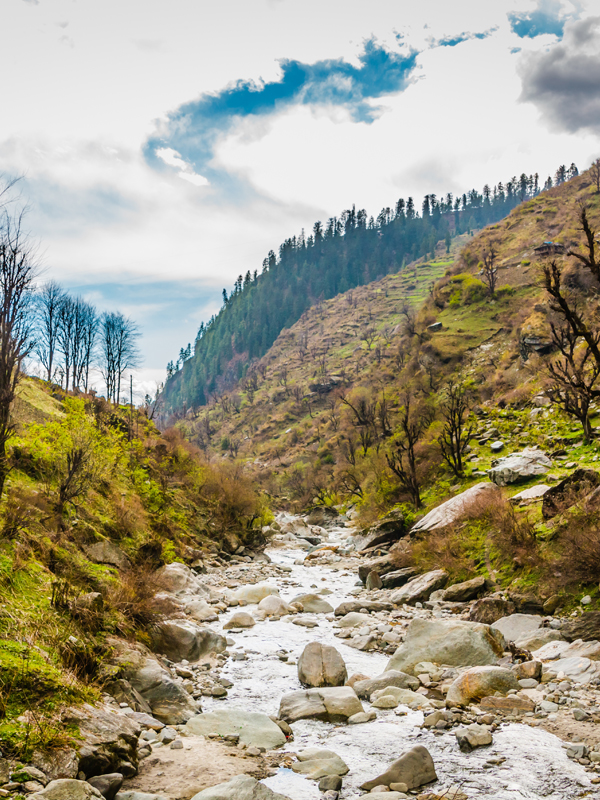
Are you an adventure junkie and have plans to visit Uttarakhand this year? Well, then we have some exciting news for you. There are several adventure ...
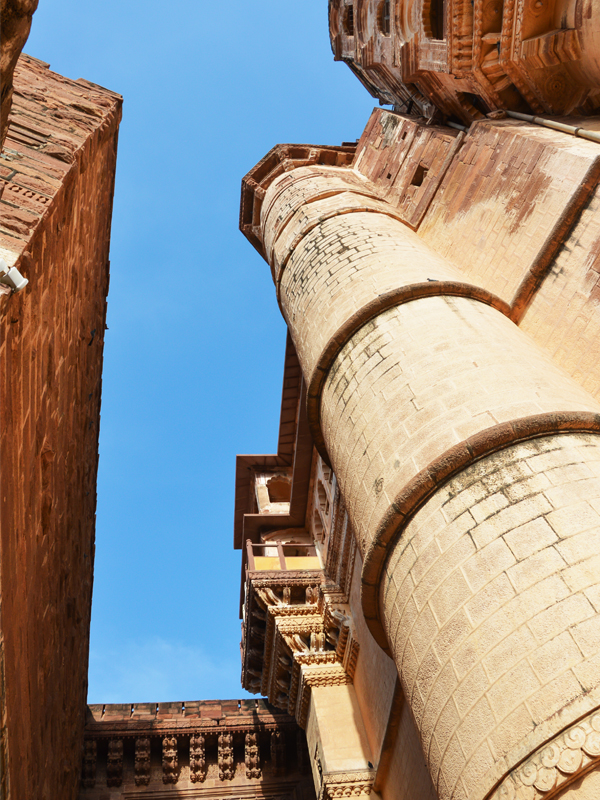
Gujarat is a place of infinite possibilities, especially, when it comes to adventure activities. There are many top things to do in Gujarat right f ...

North East India, a land of unequaled beauty, is a paradise for trippers seeking pristine geographies, rich artistic heritage, and thrilling advent ...
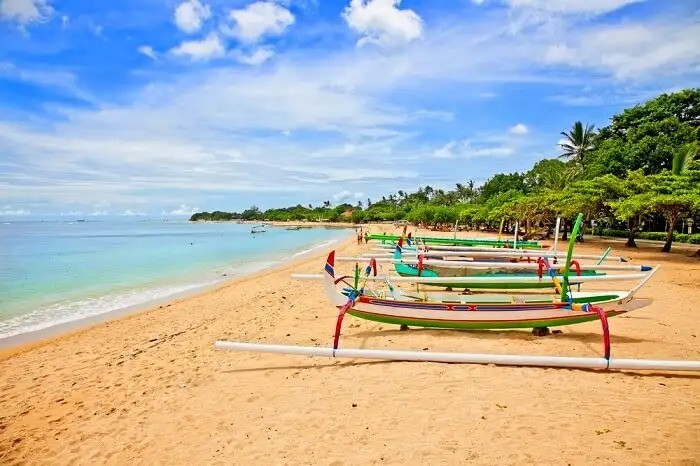
Nestled on the western coast of India, Goa is a captivating destination that has charmed travelers from around the world for decades.
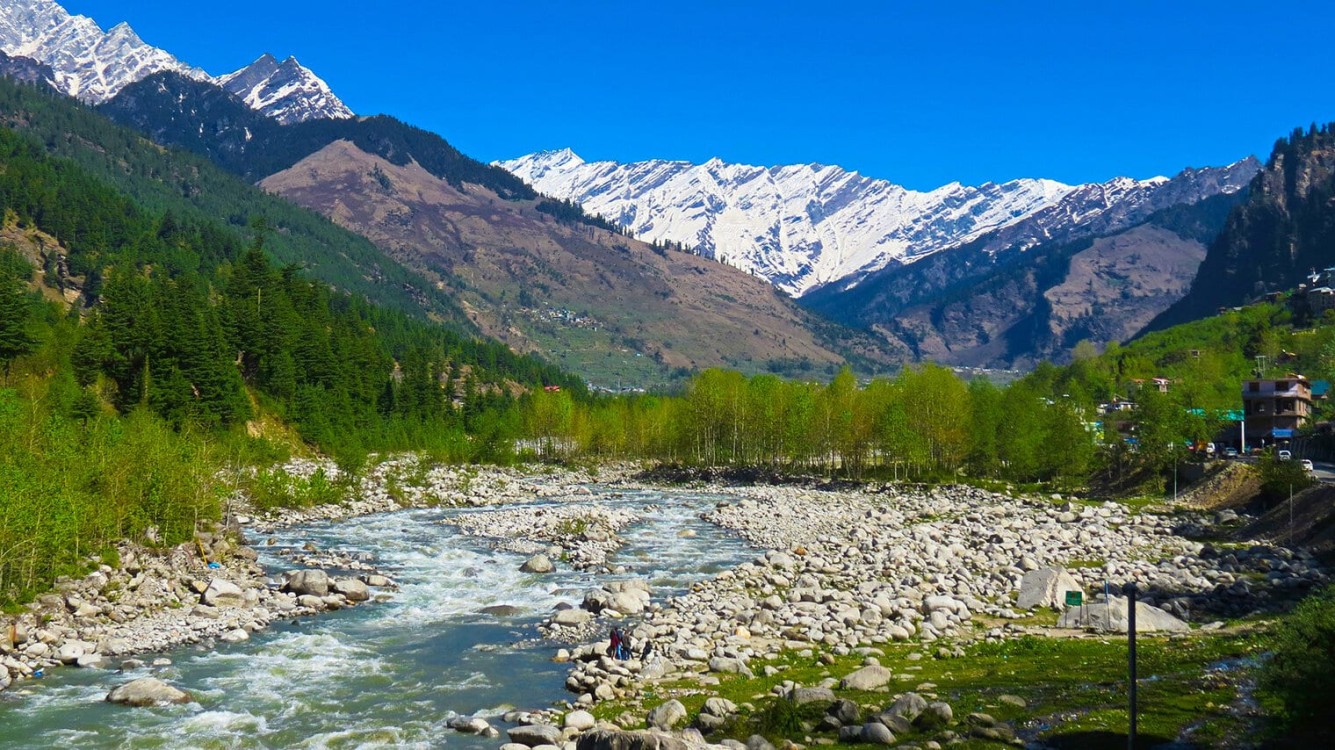
Manali is a scenic hill station located in Himachal Pradesh, India. It is popular with both nature lovers and adrenaline seekers because of its snow-c ...
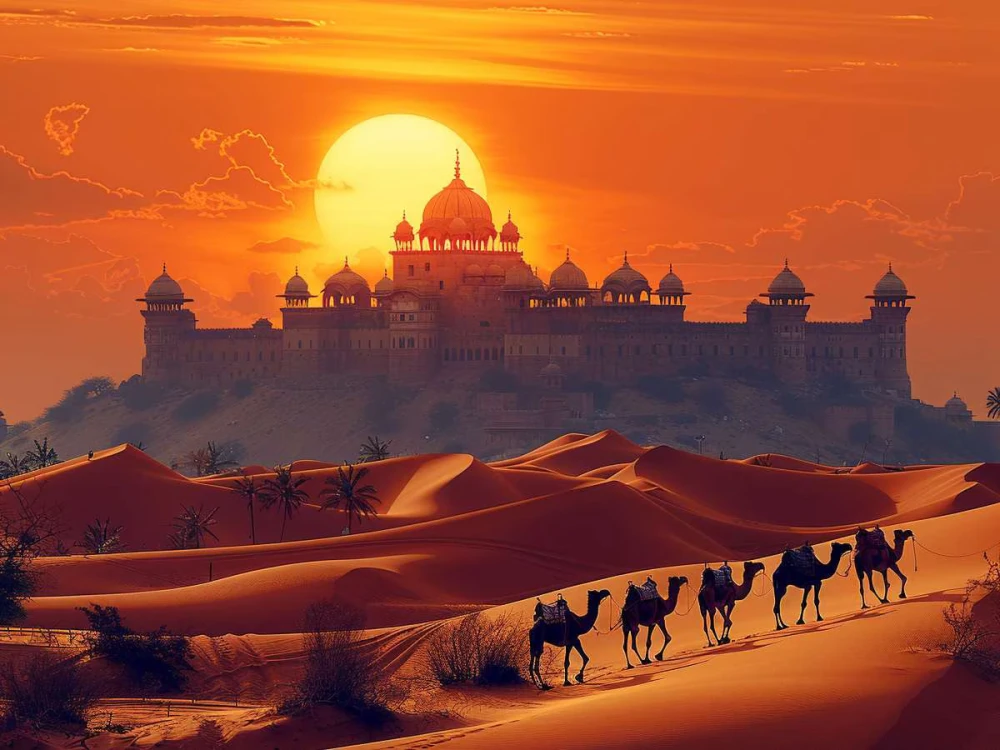
Rajasthan, India’s largest state, is a mesmerizing mix of history, culture, royal majesty, and stunning geographies. Known for its magnificent pa ...
